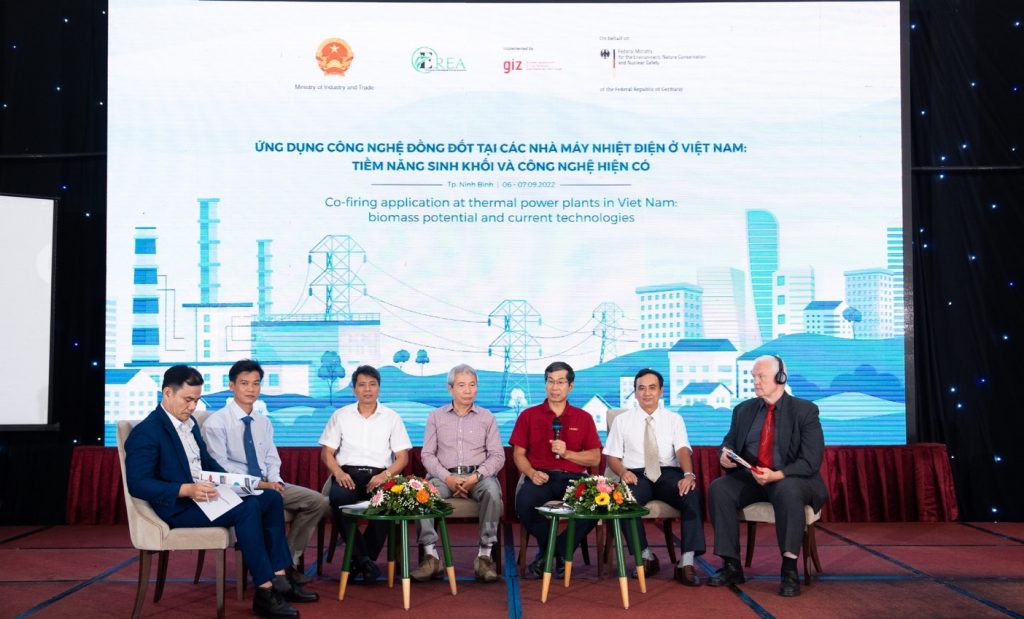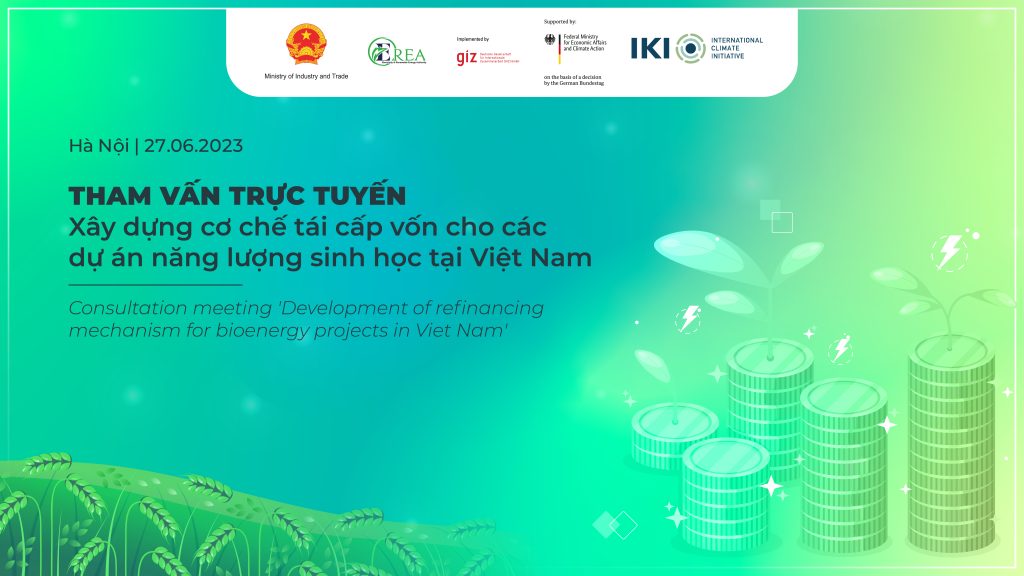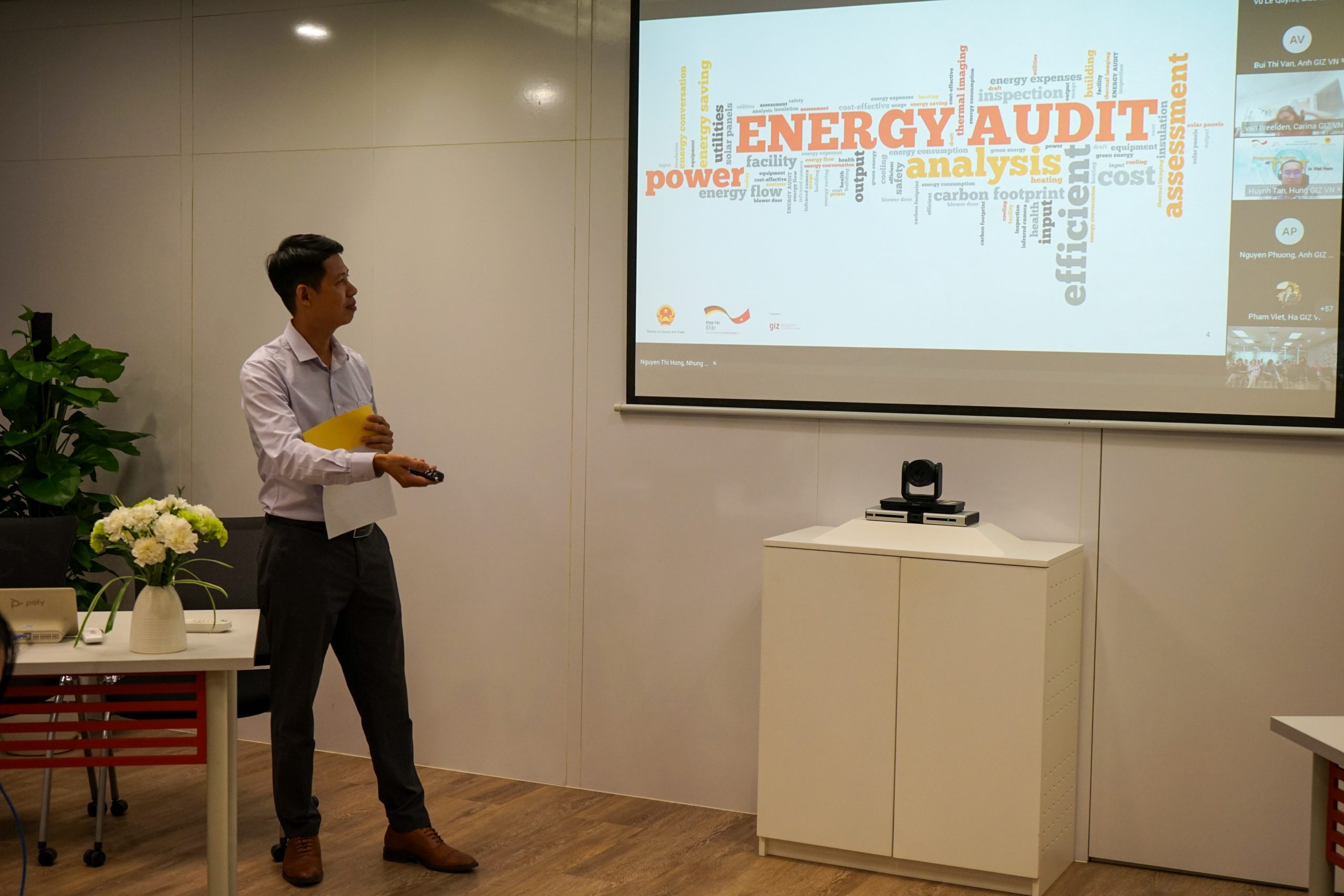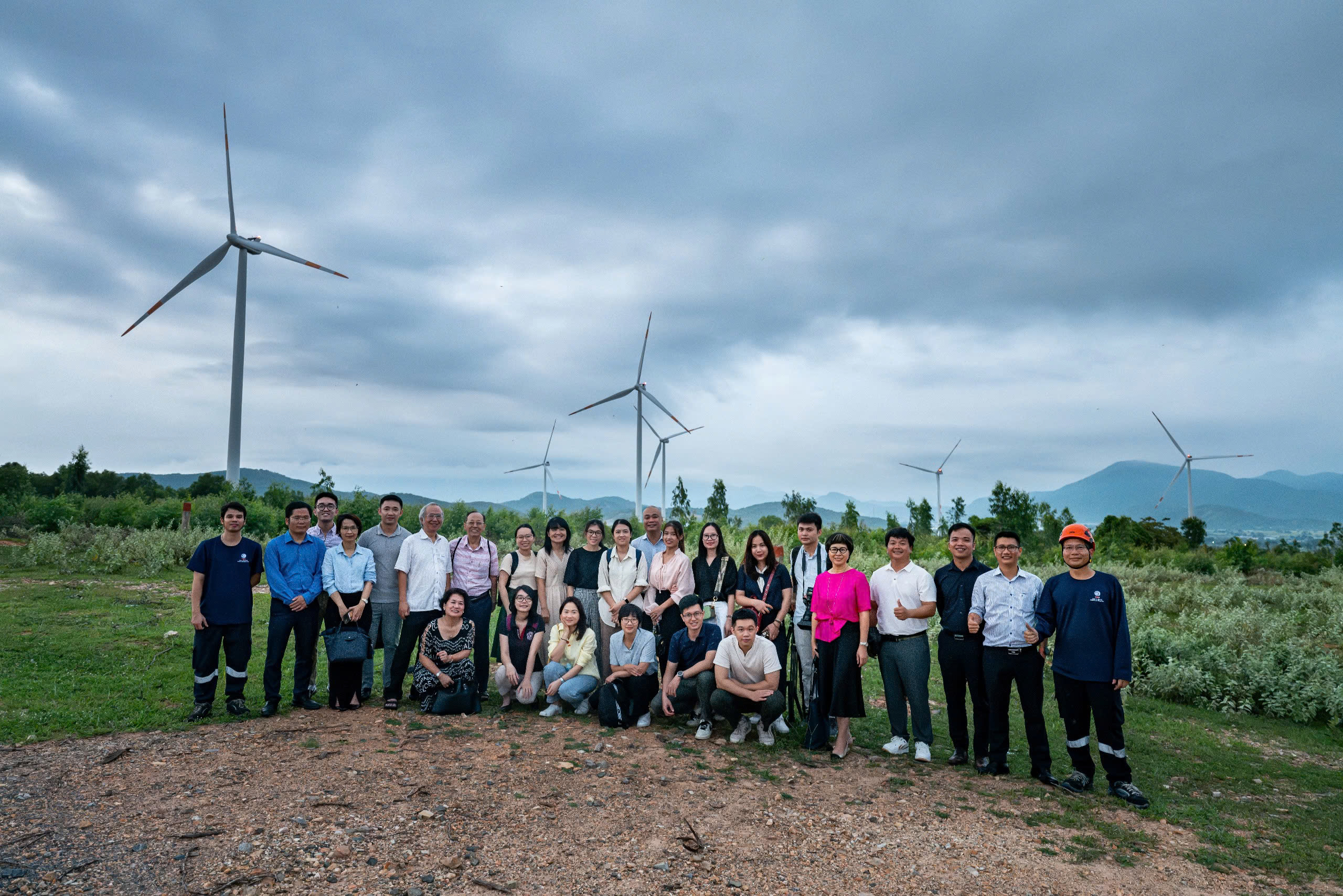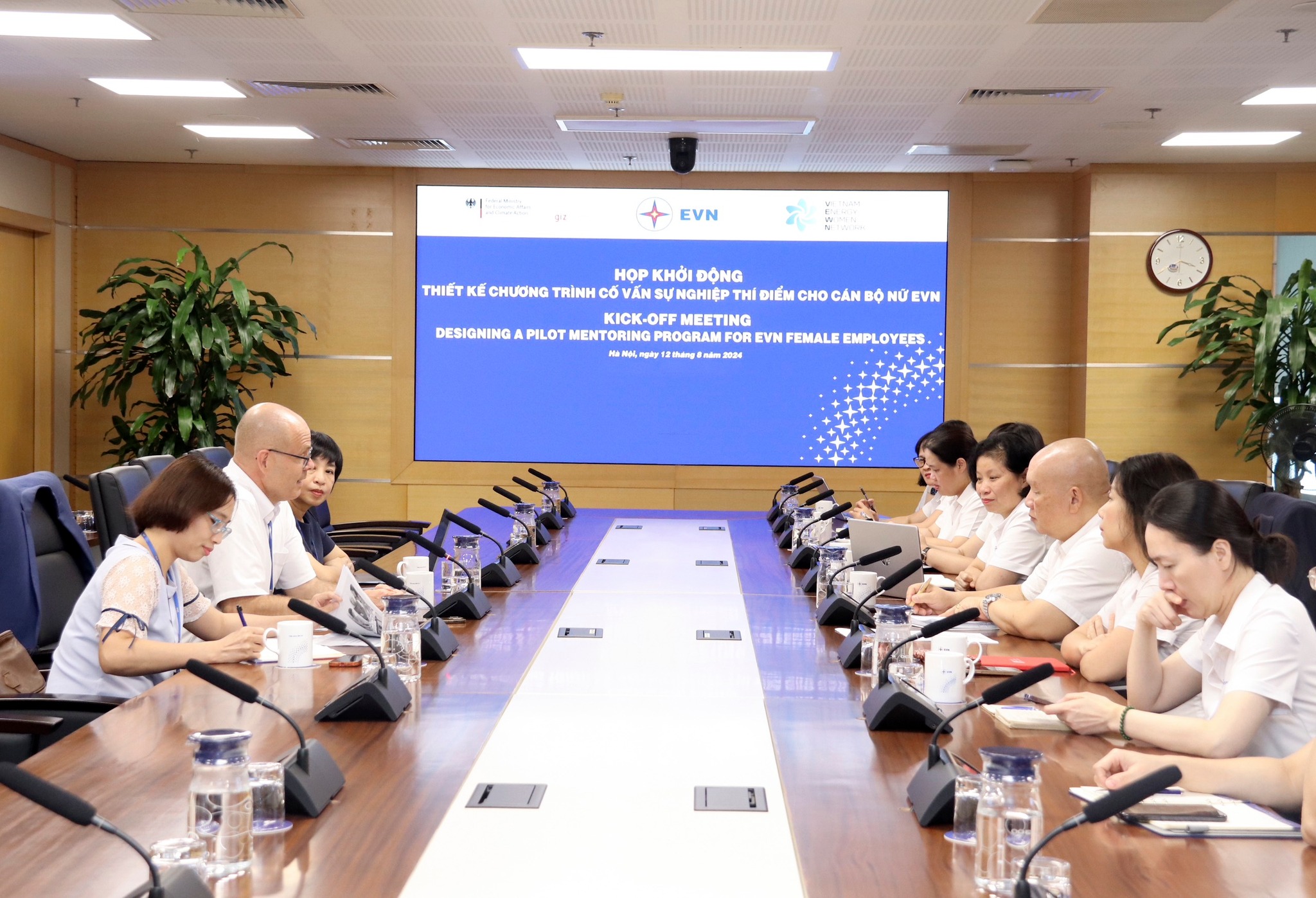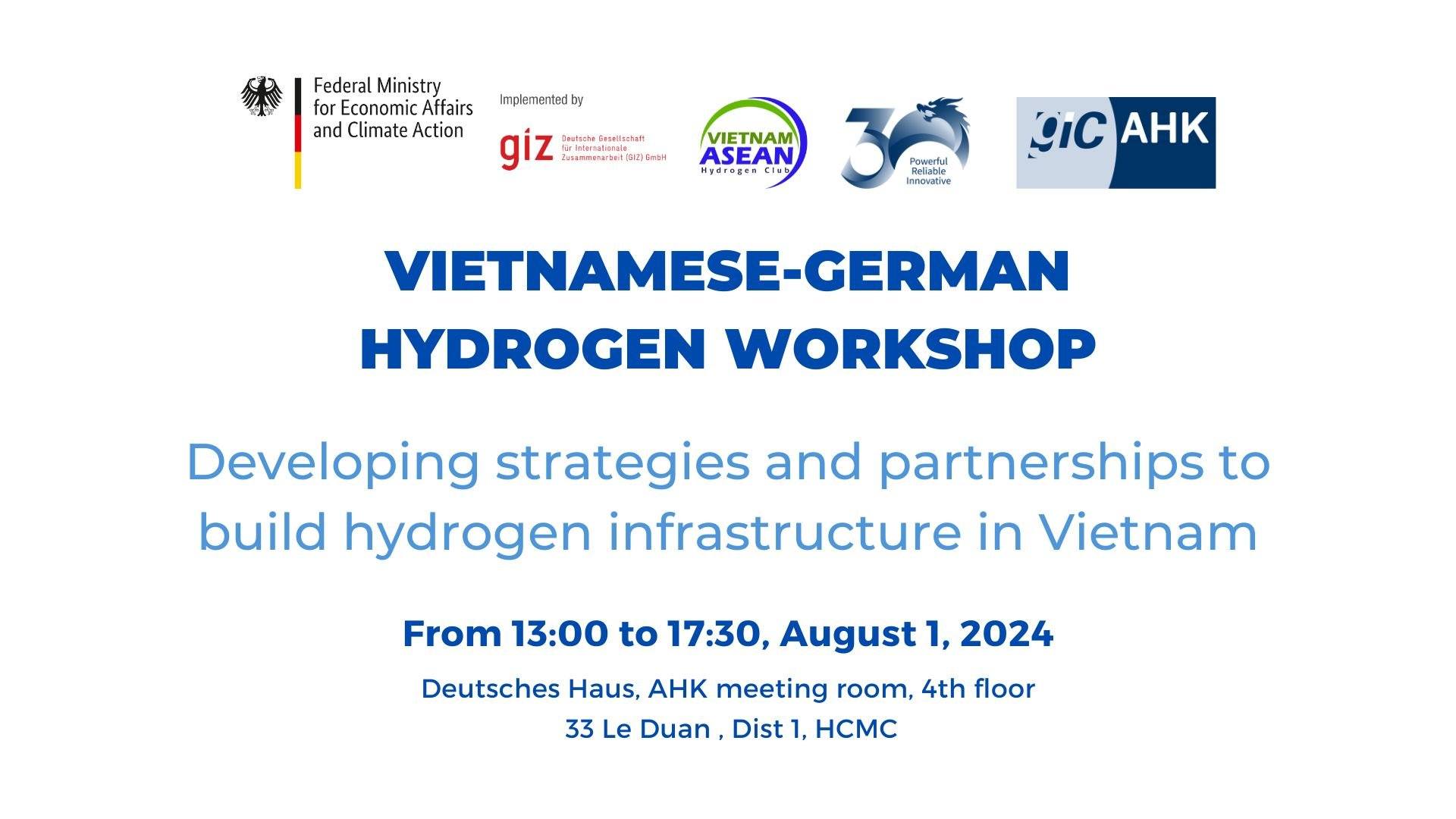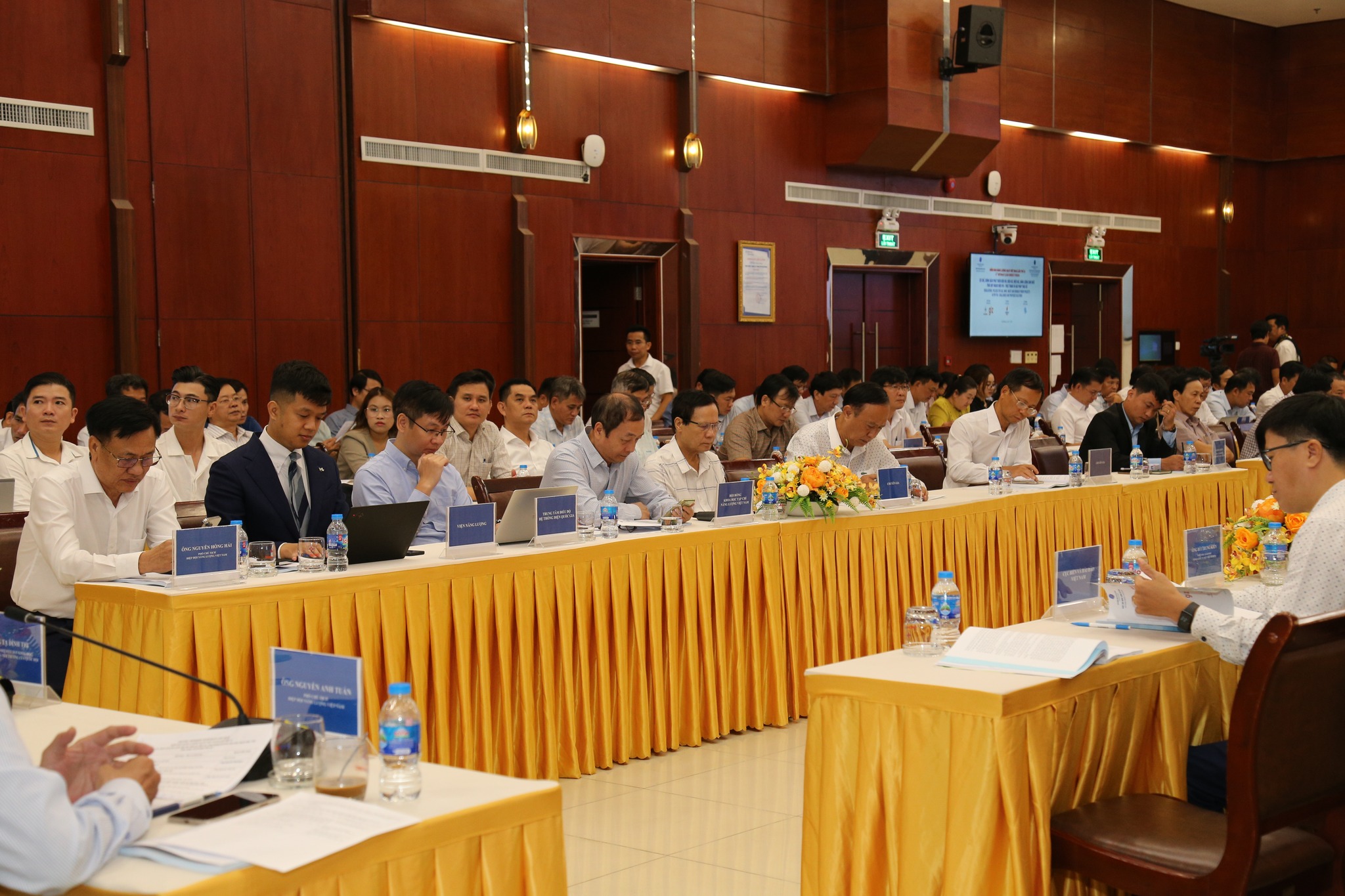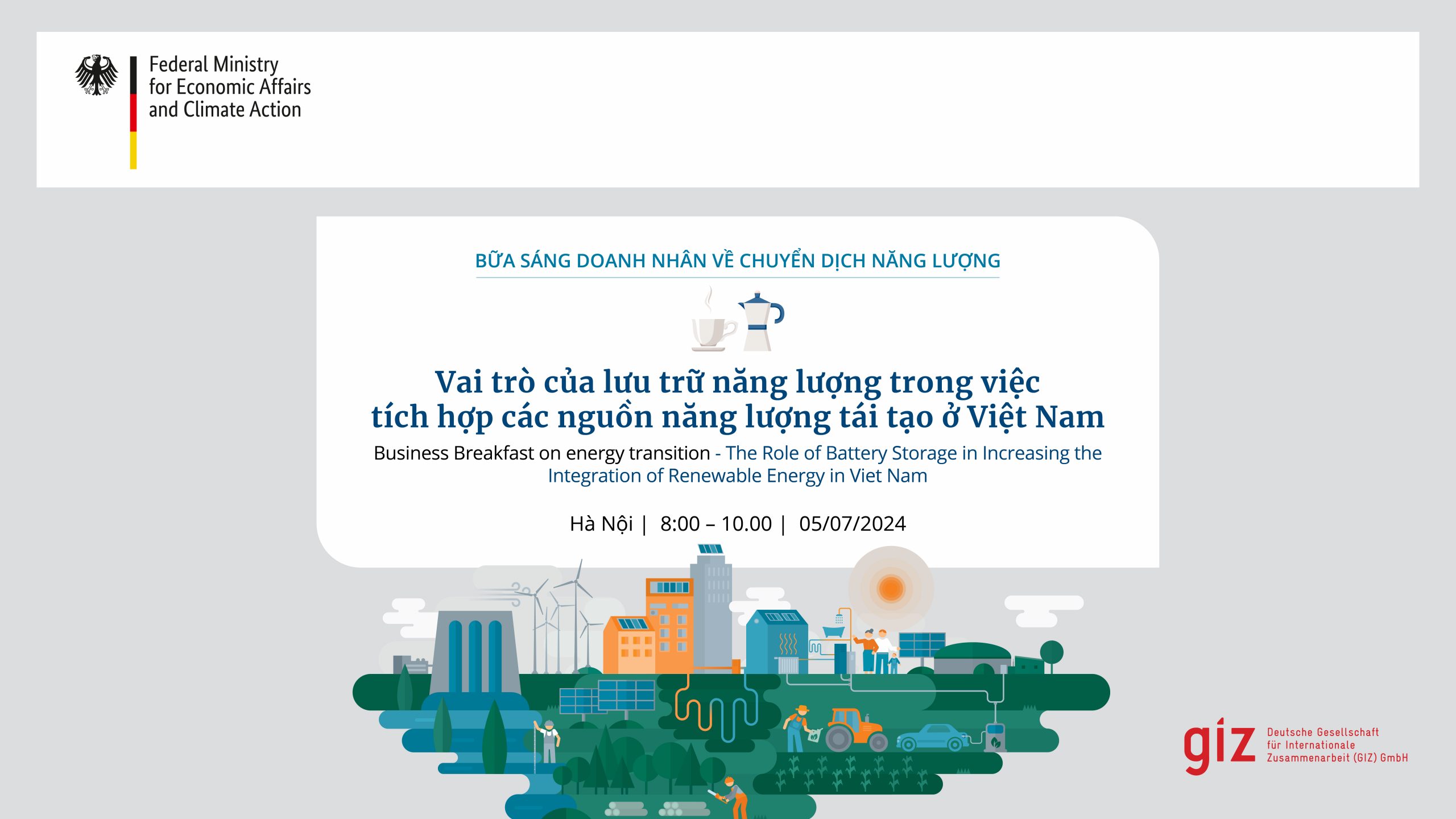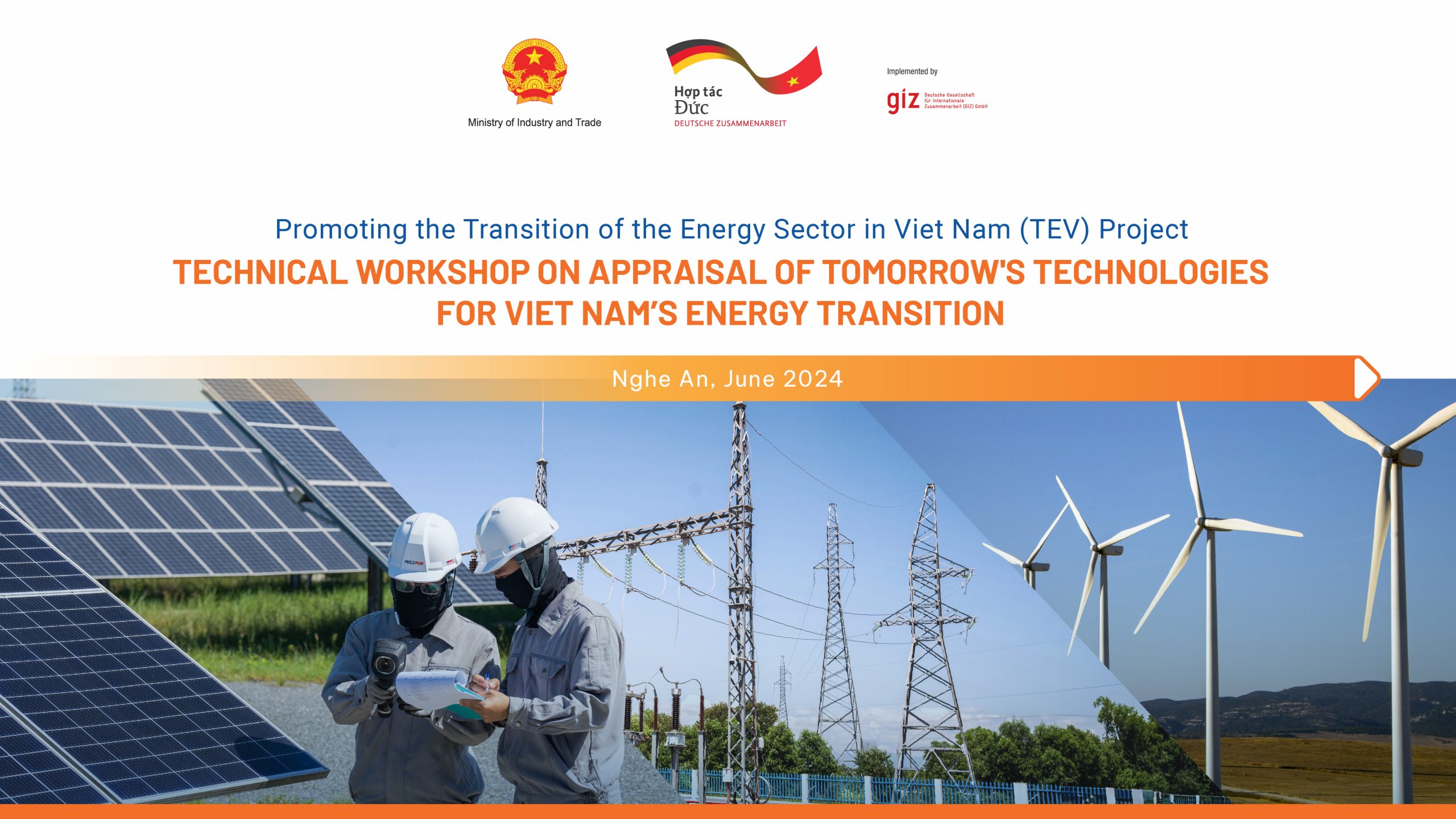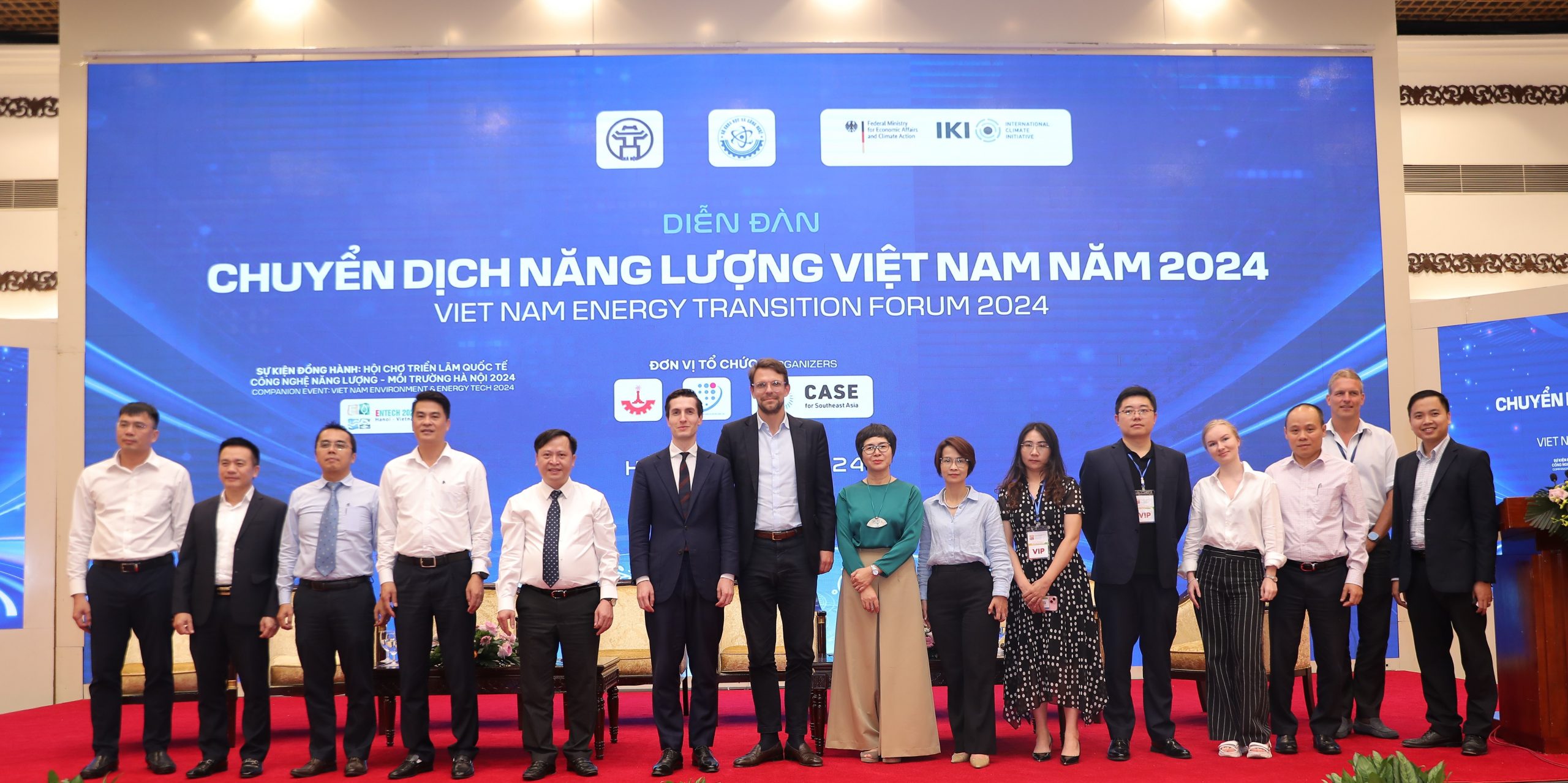Hanoi, 30 June 2021 – The final workshop on the ‘Subsector analysis to utilise bioenergy for heat and power generation’ study took place virtually in Hanoi on June 30. The event shared the results of the study and gathered further comments from professionals and relevant authorities to help various industries reduce not only their energy costs but also their greenhouse gas (GHG) emissions.
The study was conducted in six months with the support of international and national experts. Based upon preliminary analysis of 23 subsectors, the three most promising ones – namely pig farming and pork production, pulp and paper, and cassava-starch – were selected. Subsequently, 15 field visits and 35 in-depth interviews were conducted at farms and factories of the three subsectors in April and May.
Firstly, the pig-pork subsector has experienced significant structural changes shifting from disconnected channels, which consist of small-scale farms and cooperatives, to new methods controlled by large companies. Although most pig farms have waste treatment systems to capture biogas, the use of such gas is currently low due to technical and financial barriers. This study, however, pointed out that the electricity generation from biogas can be financially attractive. One example in Quang Tri province demonstrated a clear business case for biogas-electricity generation in which the return on investment is high and the pay-back period is short.
Secondly, the pulp and paper subsector is attracting a large amount of foreign direct investment and has similarly shifted towards large-scale factories. According to the study, small and medium enterprises can use bioenergy for boilers to produce stream while larger ones with the demand of more than 50 tonnes of stream per hour can use a CHP system. The study showed that the application of a CHP system could result in significant reduction of electricity costs as compared to the current plan of the Vietnam Paper Corporation (VINAPACO) to replace only their coal fired boilers.
Finally, most businesses in the cassava-starch subsector capture biogas from wastewater and use it to dry starch and pulp. Bioenergy opportunities exist at CHP large factories or at biogas plants with more advanced designs. A case at a factory in Tay Ninh province highlighted that it is financially attractive for businesses to convert surplus biogas into electricity.
“Viet Nam has abundant potential for biomass resources for producing energy, especially electricity. The development target for biomass to energy in total electricity production is at 2.1 % in 2030 in the current national Power Development Plan. This study is very important to identify the most promising and relevant subsectors in Viet Nam for further investment in bioenergy. The results will be used for further activities of the project such as supporting pre-feasibility studies and technology cooperation,” said Mr. Nathan Moore – Director of BEM project.
The study falls within the framework of the ‘Climate Protection through Sustainable Bioenergy Markets in Viet Nam’ (BEM) project, which is jointly implemented by the Electricity and Renewable Energy Authority (EREA) of the Ministry of Industry and Trade (MOIT) and the Deutsche Gesellschaft für Internationale Zusammenarbeit (GIZ) GmbH. The project is commissioned by the German Federal Ministry for the Environment, Nature Conservation and Nuclear Safety (BMU).
As a contribution to reduce GHG emissions and help achieve Viet Nam’s Nationally Determined Contribution, the BEM project aims to improve the preconditions for a sustainable use of biomass for electricity and heat generation in the country.




